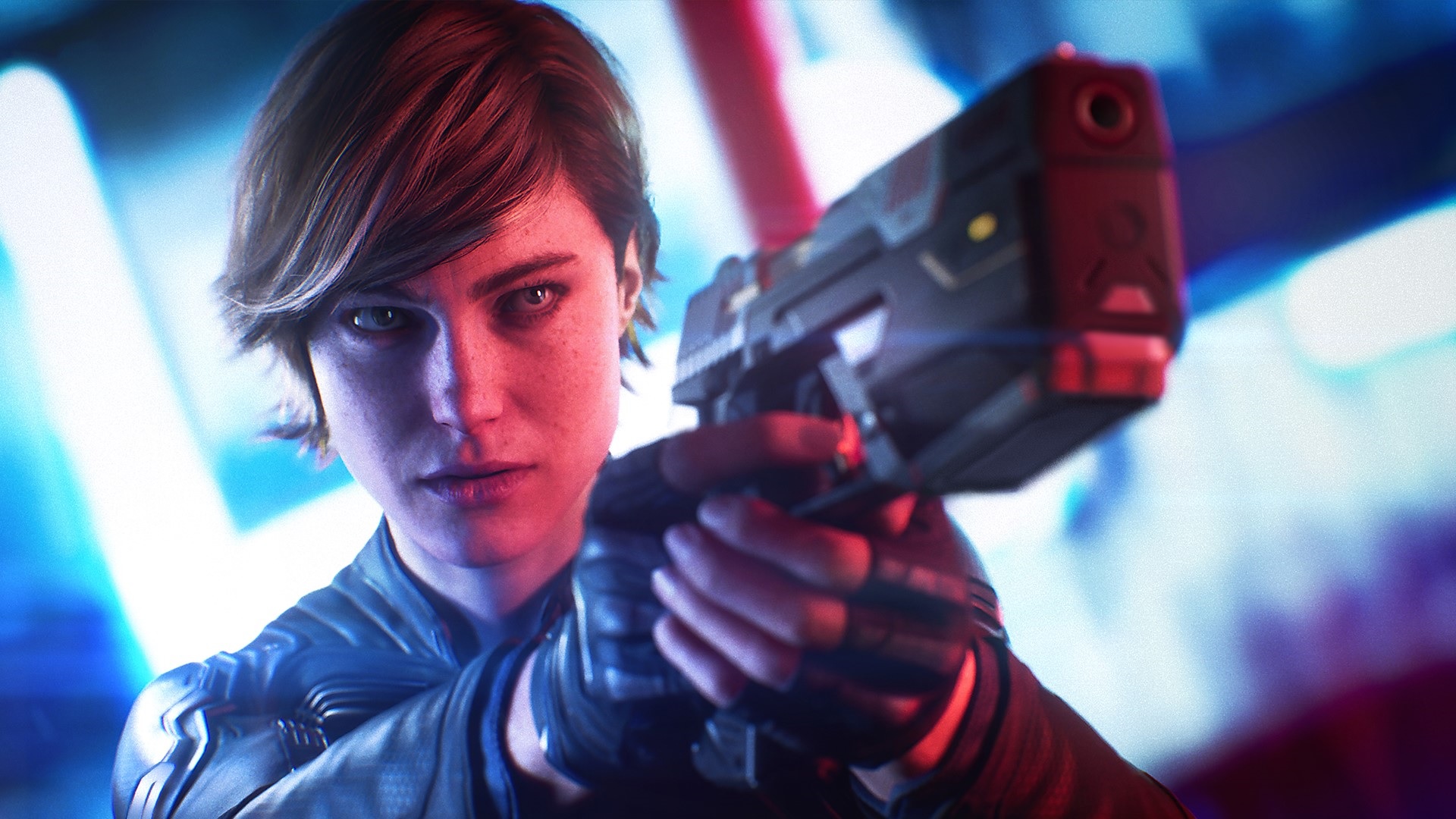I tried Project xCloud at Xbox's E3 2019 show. It is real. It is insane.
At E3 2019, I went hands-on with Project xCloud, Microsoft's upcoming game streaming service. And I feel like I've glimpsed the future.
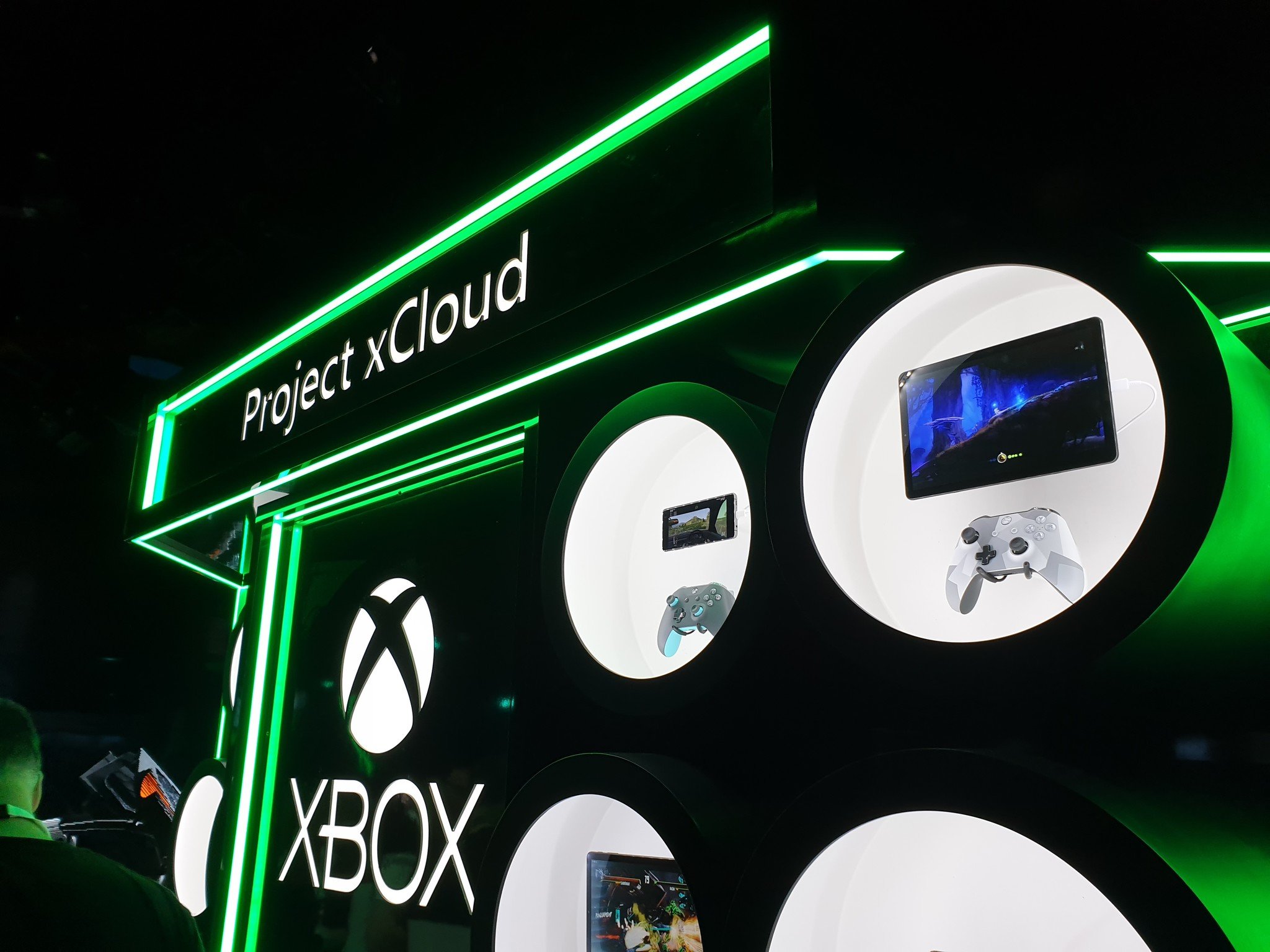
Microsoft's E3 2019 kicked off this year with the reveal of the next Xbox Project Scarlett, a glimpse at Halo Infinite, and the reveal of a new game mode for Gears 5, among lots of other things. As a Windows Phone fan, I have fond memories of an article we wrote all the way back in 2014, about a Halo 4 game demo, running on a Lumia via the cloud. At E3, I got to experience the near-final product of that long, long journey that is Project xCloud.
It is real. It is insane. If Microsoft nails it, it could be huge.
Hands on with Halo 5, four hundred miles away
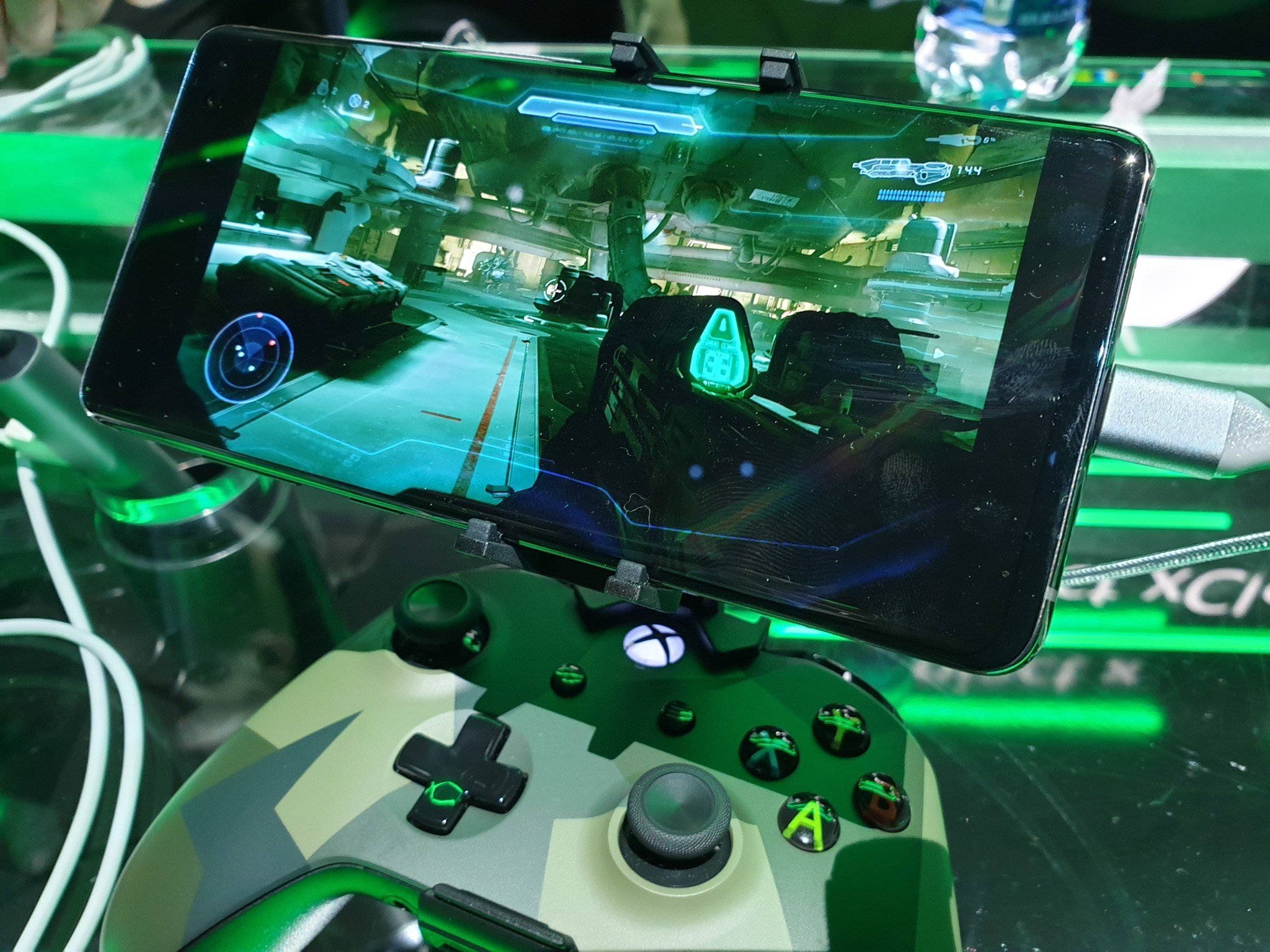
At E3 2019, Microsoft had a demonstration booth set up where you could go hands-on with a small range of Xbox games, including Resident Evil 7, Halo 5, Gears of War, and Forza Horizon 4, among others. I decided to give Halo 5 a try, since it was, in my mind, the game that would most expose the latency on xCloud.
Experiencing xCloud for myself has made me a true believer.
Talking to Kareem Choudary, CVP for Gaming Cloud at Microsoft, he noted that the demo stations were running through the Microsoft Theatre's WiFi to the nearest Azure data center, some four hundred miles away. No local-server tricks were going on here. This was a real product, running in real time. Although, of course, we have no idea how powerful the networking setup they were using in the Theatre is. The real magic is in the knowledge that the game I was playing was running on an xCloud blade server some four hundred miles away, in their West US data center. Whether or not that experience will translate to domestic home Xbox consoles using traditional home internet, I have absolutely no idea, besides blind hope. But what I experienced at E3 2019 made me incredibly excited about the mere possibility of having this, at home, on my own devices.
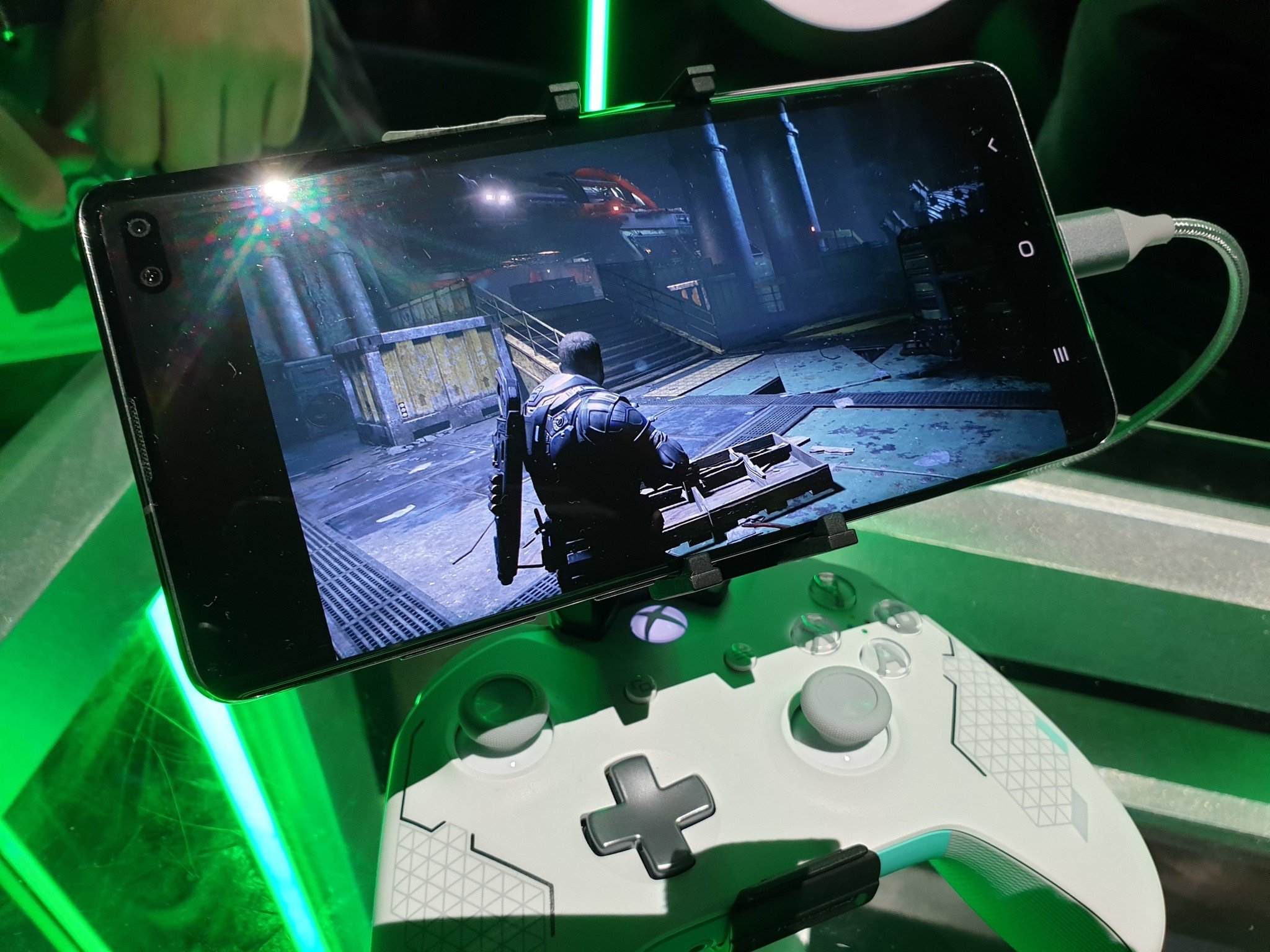
I played a 10-minute segment of one of Halo 5's early levels, up to the point you battle two Hunters for the first time. The lag was noticeable, but totally and completely playable, and more than adequate for an offline shooter. There were occasional instances of artifacting here and there, and you probably won't want to get competitive on it, but the audio delivery, the responsiveness of the controls, and the visuals were all incredibly impressive, vastly exceeding what I would ever have expected.
I thoroughly expected xCloud to be decent enough to play turn-based games like Darkest Dungeon or XCOM, or strategy titles like Surviving Mars where the action is easily paused for decision making. To be able to play an action-packed shooter like Halo 5, via the cloud, with adequate responsiveness is an impressive feat.
Now, as I noted, you could certainly tell you were playing over an internet connection. It seems Microsoft has yet to figure out how to circumvent the laws of physics to that end. But if I were to compare the latency, it was far less aggressive than simply turning off "Game Mode" on my QLED TV. Aiming and trigger pulls were right where you'd need them to be, responsive, and precise. I had wondered if the more difficult fight against the Hunters in that early Halo 5 segment would have been tough to get through on xCloud, but nope, getting around the back and popping precise shots into the orange wormy weak points was a breeze. Quite truly, I was left stunned.
All the latest news, reviews, and guides for Windows and Xbox diehards.
While I had faith Microsoft wouldn't pursue this stuff unless it was a genuine possibility, actually getting my hands on it and experiencing xCloud for myself has made me a true believer.
A peripheral problem to solve

What was quite apparent from my hands-on with xCloud was just how relatively early it still is, and how far from being a packageable product is potentially is. There wasn't an interface that I could find in the demo units (probably locked out). There's very little information on final branding, final pricing, the differences between Project xCloud and the personal Xbox game streaming Microsoft announced at E3 2019. If Google Stadia is Microsoft's primary competitor here, Stadia does seem to have more of the finer product details locked down.
If there was ever a case for a real Xbox handheld device, xCloud is it.
The biggest issue for me, by far though, was the very flimsy accessories on offer to connect Xbox controllers up to the demo phones. Microsoft is a billion dollar company, trillion dollars depending on stock fluctuations, and it is slightly concerning that the best they could conjure up for docking a smartphone with an Xbox controller is what amounted to a cheap frame someone ran off a hobby 3D printer. If there was ever a case for a real Xbox handheld device, xCloud is it.
Even in the Project xCloud booth, which showcased games running on various types of devices, showed the disconnect between the controller and the phones and tablets running xCloud. The lack of decent accessories may become xCloud's biggest pitfall here, particularly if Microsoft relies on shoddy third-party accessories as it did at its demo booth. Microsoft has the talent and industrial design knowledge in house to rectify this problem, and rectify it fast. So, here's hoping they do.
I want this, and I want it now
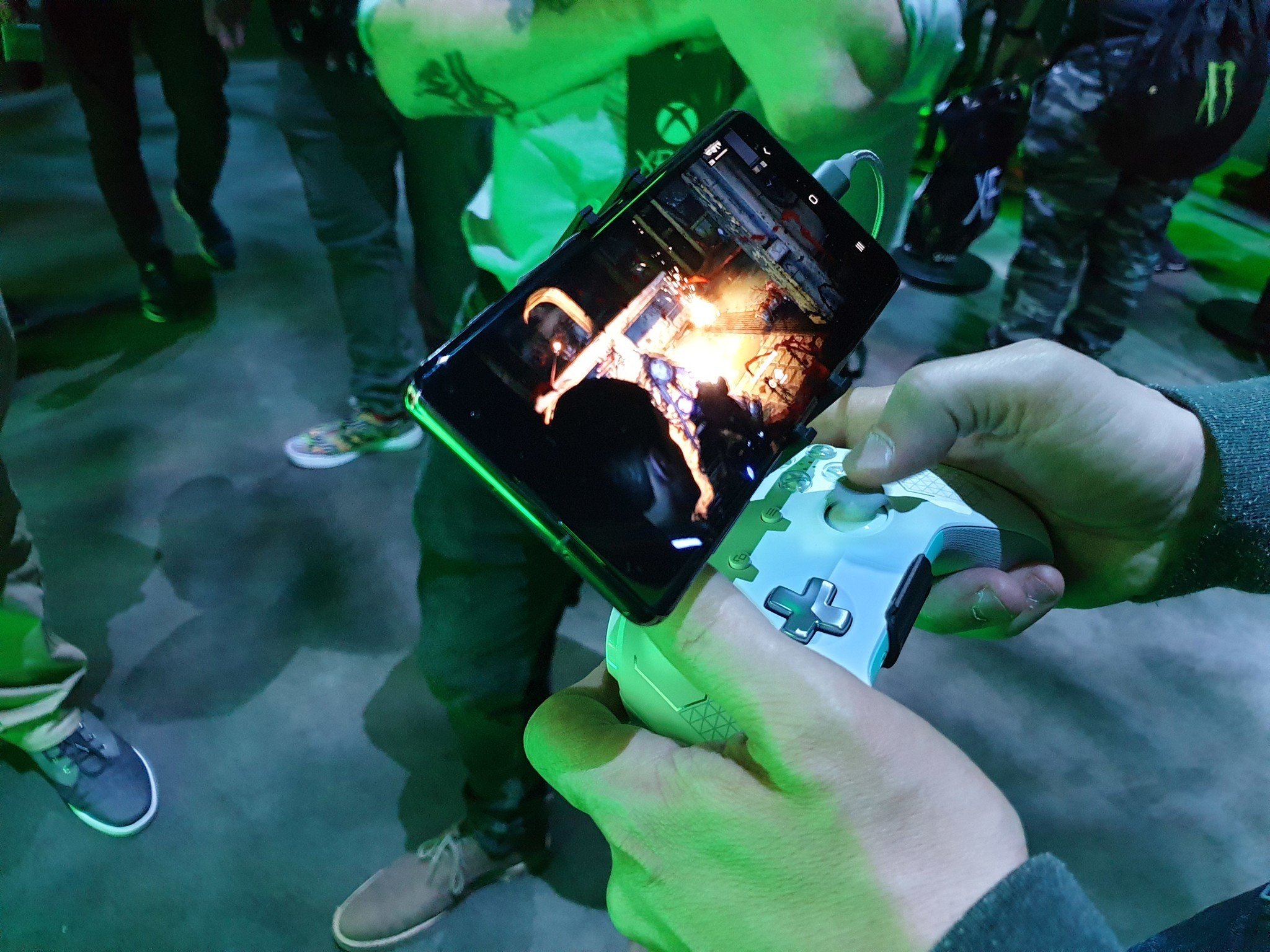
Project xCloud will begin rolling out for testers later this year, as Microsoft ramps up the service to every Azure data center across the globe. There are plenty of unanswered questions: pricing, data use, game library size, interface, accessories, and so on. However, the core meat of the product seems to be the real deal. If Microsoft hammers down the finer points xCloud needs to support it, they could be at the forefront of a huge gaming paradigm shift. It almost seems like a bit of a Holy Grail: your games on any device, anywhere, any time. As long as you have decent unmetered internet, that is.
Xbox
Main
- What is Xbox Game Pass?
- Best 4K TVs for Xbox Series X and S
- Must-buy Xbox One Headsets
- Our Favorite Xbox One Wireless Headsets
- Best Upcoming Xbox Games for 2021
- Xbox One X vs. Xbox Series S
Xbox accessories you'll love
Every one of these quality accessories is guaranteed to enhance your Xbox experience.
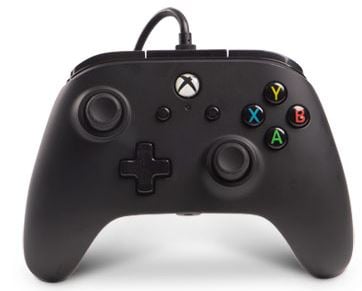
PowerA Enhanced Wired Controller for Xbox One ($20 at Amazon)
PowerA's take on the Xbox One controller is an attractive pickup for budget-conscious gamers that nails all the basics.

Talon PDP Xbox media remote ($20 at Amazon)
The Talon PDP Xbox media remote is great for watching shows on your console.
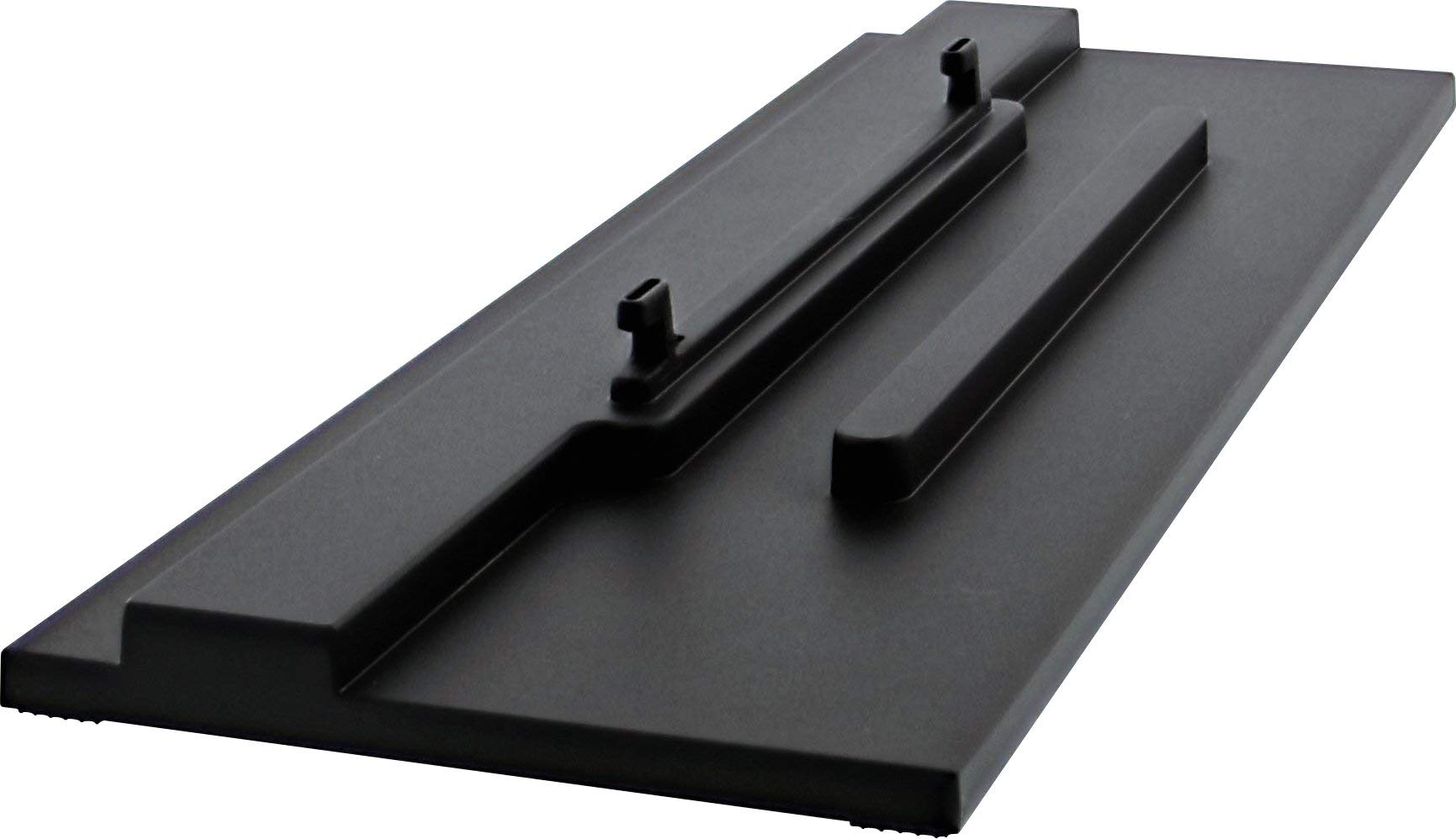
Xbox One S vertical stand ($10 at Amazon)
Stand your console upright with this accessory.

Jez Corden is the Executive Editor at Windows Central, focusing primarily on all things Xbox and gaming. Jez is known for breaking exclusive news and analysis as relates to the Microsoft ecosystem while being powered by tea. Follow on Twitter (X) and tune in to the XB2 Podcast, all about, you guessed it, Xbox!
